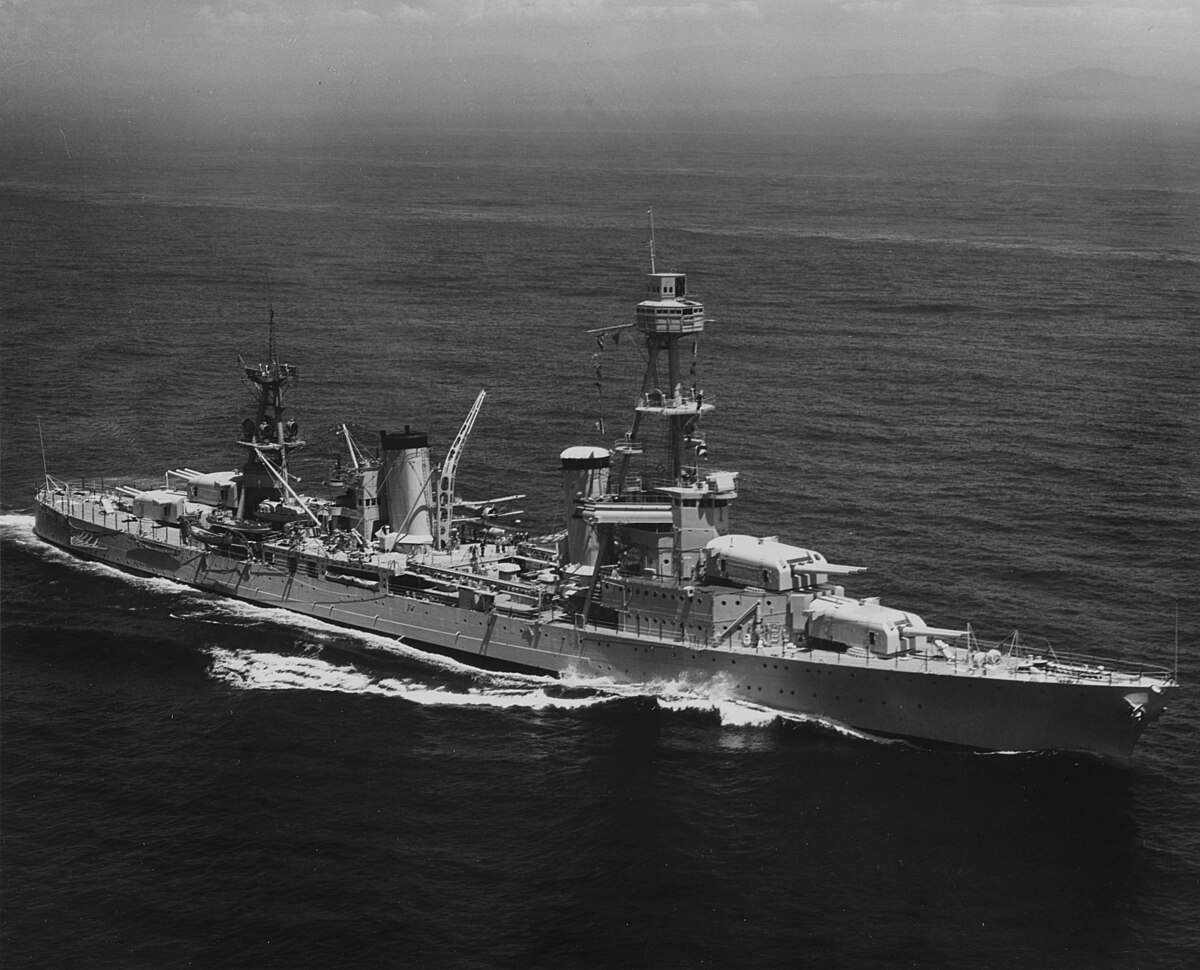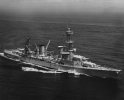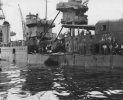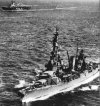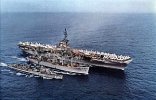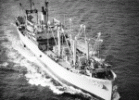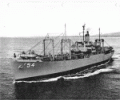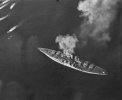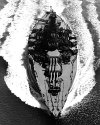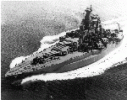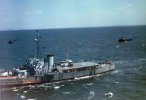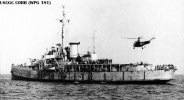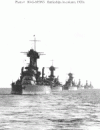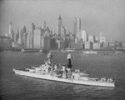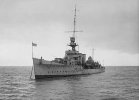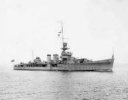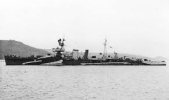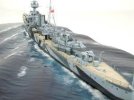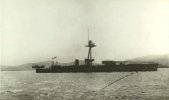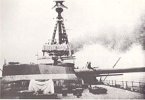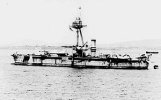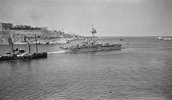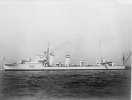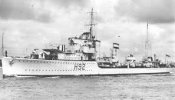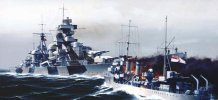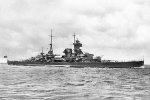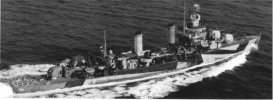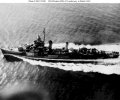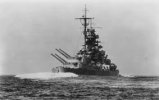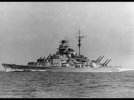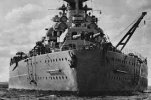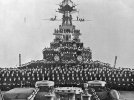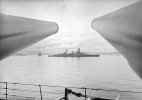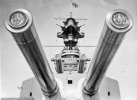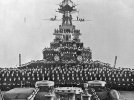Max the Mad Russian
Hands off Ukraine! Feet too
Multiple Red Octobers everywhere in USSR are named after second 1917 revolution, october-november, when those fucking commies seized power for 70+ years. They boasted flags and banners of purely red color, that is why that October of 1917 became Red. "Commie" and "The red one" are synonyms in Russian
From May 5th 1924 to Nov 15th 1925 she wore the name Red October, being essentially coast guard cutter by adding a couple of 47-mm guns and been commanded by Boris Davydov, former imperial navy oceanographer, who died from lung disease Sept 30th 1925, and vessel had been renamed after him.
Noted raid in Pacific was nothing more than flag show action akin to Icelandic-British "Cod Wars" later in last century.
And most important:
Don't even touch russian chocolate! This crap's ruining the meaning of the word "chocolate", especially if you tasted Belgian or Swiss chocolate before.
Little correction: 1897 and Denmark, Burmeister & Wain shipyard in Copenhagen, albeit possibly following russian blueprint, being pure icebreaker for Far East port of Vladivostok. Just single shaft and screw, too weak to work in Baltic ice, frozen from almost fresh water.she was built in Tsarist Russia in 1898 as a breaker-gunboat under the name Nadezhnyy
From May 5th 1924 to Nov 15th 1925 she wore the name Red October, being essentially coast guard cutter by adding a couple of 47-mm guns and been commanded by Boris Davydov, former imperial navy oceanographer, who died from lung disease Sept 30th 1925, and vessel had been renamed after him.
Noted raid in Pacific was nothing more than flag show action akin to Icelandic-British "Cod Wars" later in last century.
And most important:
Don't even touch russian chocolate! This crap's ruining the meaning of the word "chocolate", especially if you tasted Belgian or Swiss chocolate before.
Last edited:

 .
.